Key Laboratory of Experimental Marine Biology, CAS, is the first ministry-level research facility in marine science in China. It focuses on resources exploration and sustainable utilization in mariculture; issues and scopes are selection and safekeeping of strains, growth control to reproductive biology, genomics and bioinformatics, marine biotechnology, disease treatment and prevention, and natural bio-products R&D for pharmaceutical application. Many national major projects have been conducted in the laboratory, including “973 Project”, “863 Project”, Pandeng Project, and other key programs of National Natural Science Foundation. Scientists in the laboratory brought forward an artificial-controlling theory for development and reproduction of mariculture species, providing a scientific basis for strain improvement and inheritance operation, which deepened the understanding at molecular scale of disease control and immunization. In addition, they successfully built up a model for filtrating lead compounds from natural marine matters, which enhanced macroalgae gene-transfer system, and opened up new ways of making new drugs from marine organisms; established a core collection for mariculture species for keeping strain quality. These advanced scientific and technological achievements have led the blue industry in China as well as in the world in mariculture, and contributed greatly to sustainable development in marine economy and society.
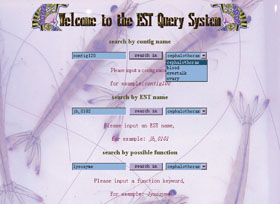 |
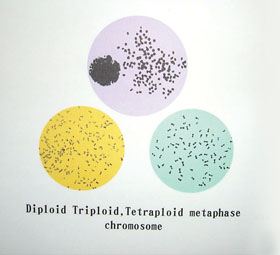 |
| China’s first bioinformatics database for mariculture |
The middle division phase of diploid, triploid and tetraploid of Penaeus chinensis |
 |
| Transforming kelp into a marine bioreator |
 |
| Aggregation of protoplasts from green algar and using for expression system of foreign genes |
 |
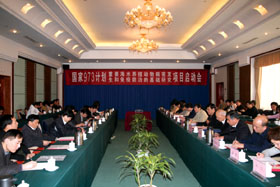 |
| Algae strain cultivation |
Initiation of the “973 Project” during 2006-2010 for disease control and immunization for major mariculture species |
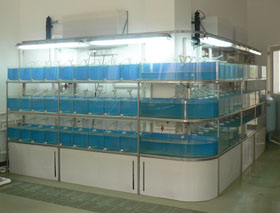 |
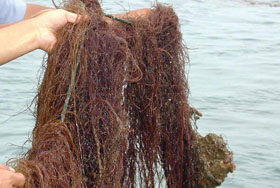 |
| Experiment on Developmental Genetics for marine animal models |
Artificial culture for Gracilaria lemaneiformis |









